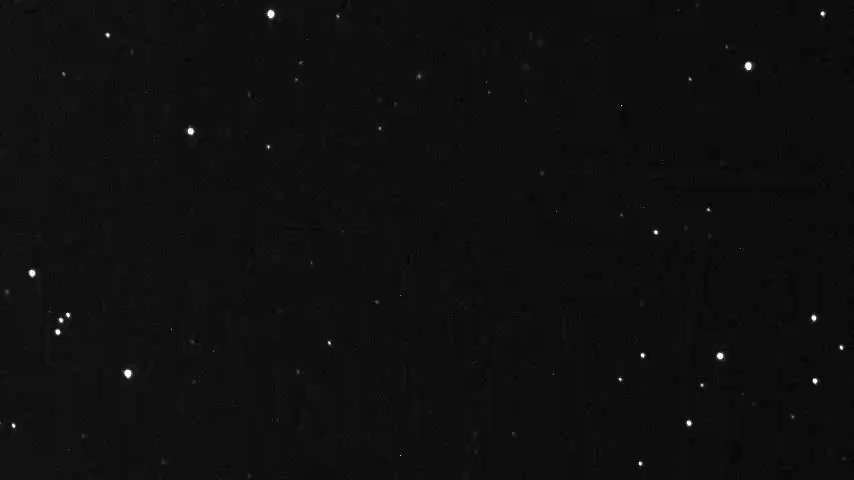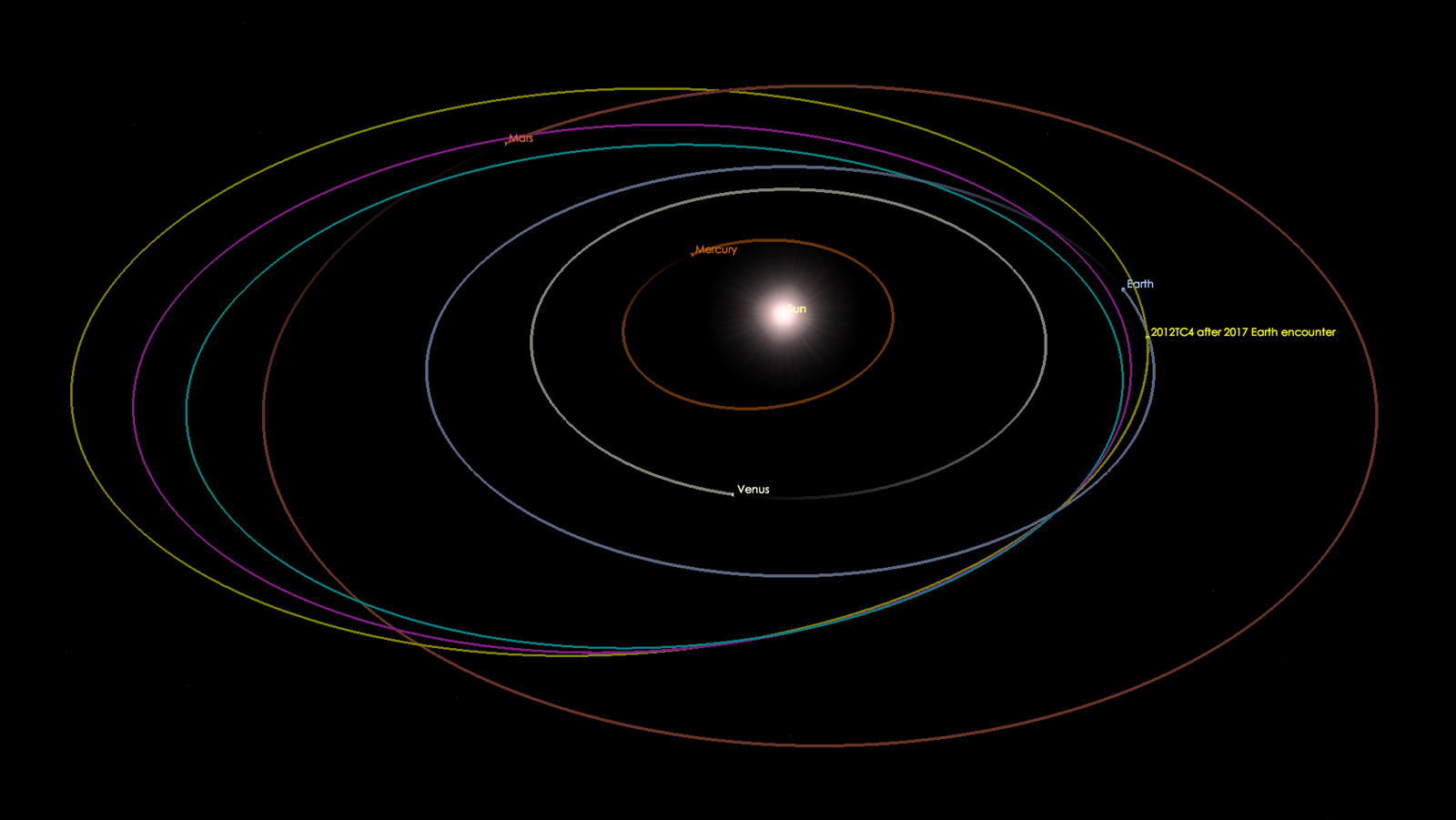Preparing for Impact: Asteroid-Tracking Exercise a Big Success, Scientists Say
Humanity just got some valuable practice in dealing with a potentially dangerous asteroid, astronomers say.
A NASA-led international campaign to track and study the small space rock 2012 TC4 before, during and after its Oct. 12 close flyby of Earth was a big success, project team members said.
"We are much better prepared today to deal with the threat of a potentially hazardous asteroid than we were before the TC4 campaign," Michael Kelley, the 2012 TC4 exercise lead at NASA Headquarters in Washington, D.C., said in a statement. [Famous Asteroid Flybys and Close Calls (Infographic)]

The main goals of the 2012 TC4 project were to practice tracking and characterizing a potentially hazardous space rock that's headed toward Earth, and to test the international network designed to integrate observations, refine knowledge of such asteroids' trajectories and communicate the results.
The campaign team selected 2012 TC4, which astronomers knew was headed for an Earth flyby on Oct. 12. (They also knew there was no danger of an impact during the close pass.)
Planning started in April, and the trial run began in earnest in late July, when the European Southern Observatory's Very Large Telescope in the Chilean Andes picked 2012 TC4 out of the dark night sky. Over the next few months, NASA officials said, astronomers from many different countries studied the asteroid using a variety of telescopes on the ground and in space, gathering a great deal of information about the rock.
Scientists at NASA's Center for Near-Earth Object Studies (CNEOS), at the Jet Propulsion Laboratory (JPL) in Pasadena, California, used this data to nail down TC4's orbit with much greater precision.
Get the Space.com Newsletter
Breaking space news, the latest updates on rocket launches, skywatching events and more!

"The high-quality observations from optical and radar telescopes have enabled us to rule out any future impacts between the Earth and 2012 TC4," CNEOS' Davide Farnocchia, who led the orbit-determination work, said in the same statement. "These observations also help us understand subtle effects such as solar radiation pressure that can gently nudge the orbit of small asteroids."
Such efforts enabled the team to calculate the flyby distance quite accurately: On Oct. 12, 2012 TC4 came within 27,200 miles (43,780 kilometers) of Earth's surface, NASA officials said. That's just 11 percent the distance between our planet and the moon.
The many observations also allowed the researchers to determine that 2012 TC4 is spinning fast — once every 12 minutes — and tumbling as it cruises through space. The team also nailed down the asteroid's size: about 50 feet (15 m) long by 25 feet (8 m) wide. (Before the flyby, astronomers estimated that the rock was between 30 feet and 100 feet, or 9 to 30 m, in diameter.)
And radar data revealed some insights about the object's composition.
"Radar has the ability to identify asteroids with surfaces made of highly reflective rocky or metallic materials," said radar-observation leader Lance Benner of JPL. "We were able to show that radar scattering properties are consistent with a bright rocky surface, similar to a particular class of meteorites that reflect as much as 50 percent of the light falling on them."
So, overall, the 2012 TC4 project was well worth the effort, team members said.
"We demonstrated that we could organize a large, worldwide observing campaign on a short timeline, and communicate results efficiently," said Vishnu Reddy of the University of Arizona's Lunar and Planetary Laboratory, who led the observation campaign.
Follow Mike Wall on Twitter @michaeldwall and Google+. Follow us @Spacedotcom, Facebook or Google+. Originally published on Space.com.
Join our Space Forums to keep talking space on the latest missions, night sky and more! And if you have a news tip, correction or comment, let us know at: community@space.com.

Michael Wall is a Senior Space Writer with Space.com and joined the team in 2010. He primarily covers exoplanets, spaceflight and military space, but has been known to dabble in the space art beat. His book about the search for alien life, "Out There," was published on Nov. 13, 2018. Before becoming a science writer, Michael worked as a herpetologist and wildlife biologist. He has a Ph.D. in evolutionary biology from the University of Sydney, Australia, a bachelor's degree from the University of Arizona, and a graduate certificate in science writing from the University of California, Santa Cruz. To find out what his latest project is, you can follow Michael on Twitter.










